How Air Curtain CFD with HELYX Helped Develop the AirDoor
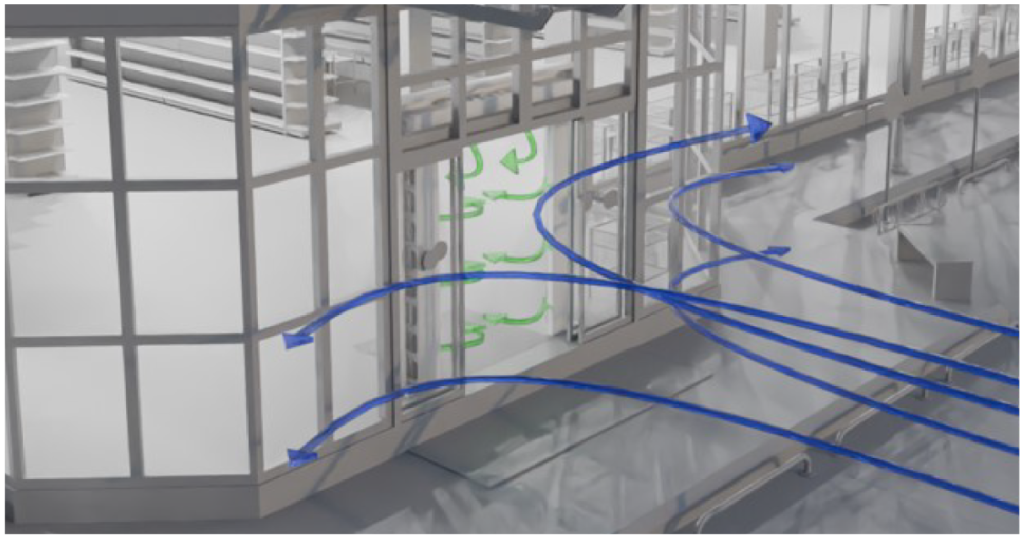
Whether it is a supermarket, shop or business, the trick to lure in customers is to utilise sights, sounds and smells. This has led to most commercial buildings leaving their main doors open, to appear welcoming and increase footfall. However, operating this way comes at a cost – either by heating the building in winter […]
Helping Supermarkets Save Energy With Refrigeration Aerodynamics Simulation
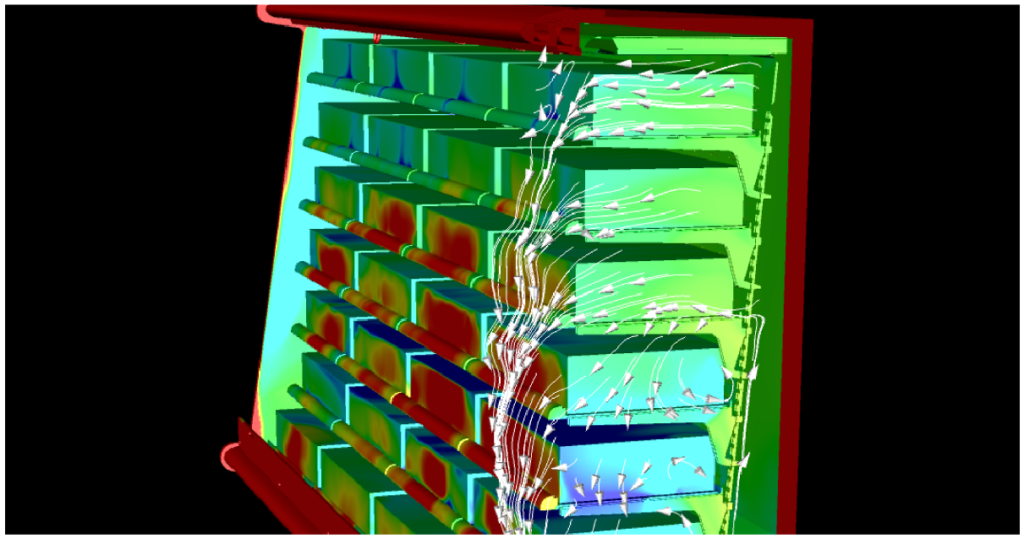
Climate change, energy costs and energy security have become increasing concerns over the last decade. This has forced industries to prioritise efficiency, which in turn is driving a demand for reliable simulation tools that help companies understand where their products can save energy. In 2023, it was estimated that 3.2% of the UK’s total carbon […]
Using CFD To Design The Most Aerodynamic Travel Trailer
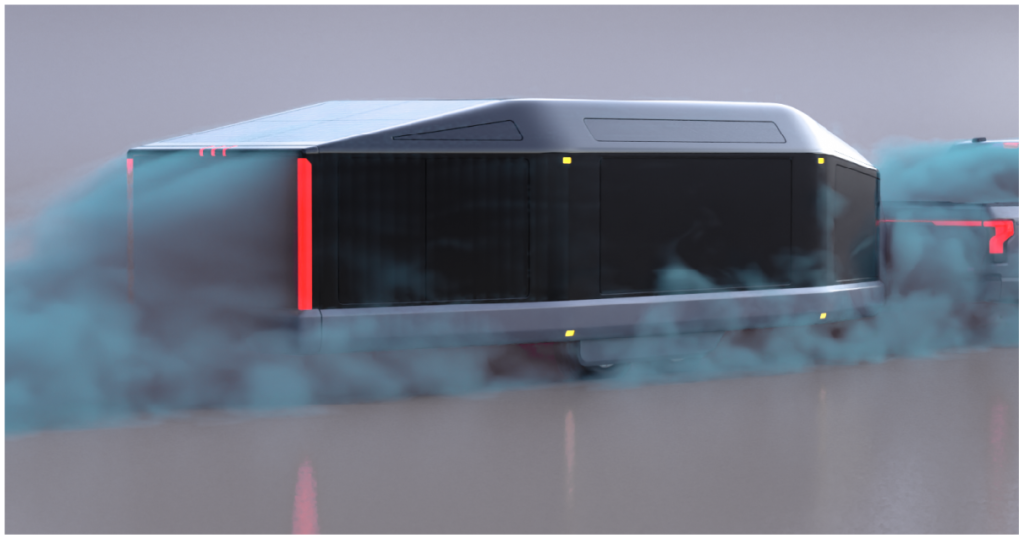
Over the last decade, automotive manufacturers have been continuously innovating new technologies, designs and approaches to maximise the fuel efficiency of combustion vehicles. This has led to an impressive 32% increase in fuel economy of new roadcars [1]. However, no matter how efficient a vehicle is, adding around 3,000Ibs (1,360kg) of trailer weight can increase […]
Simulating Conjugate Heat Transfer in CFD
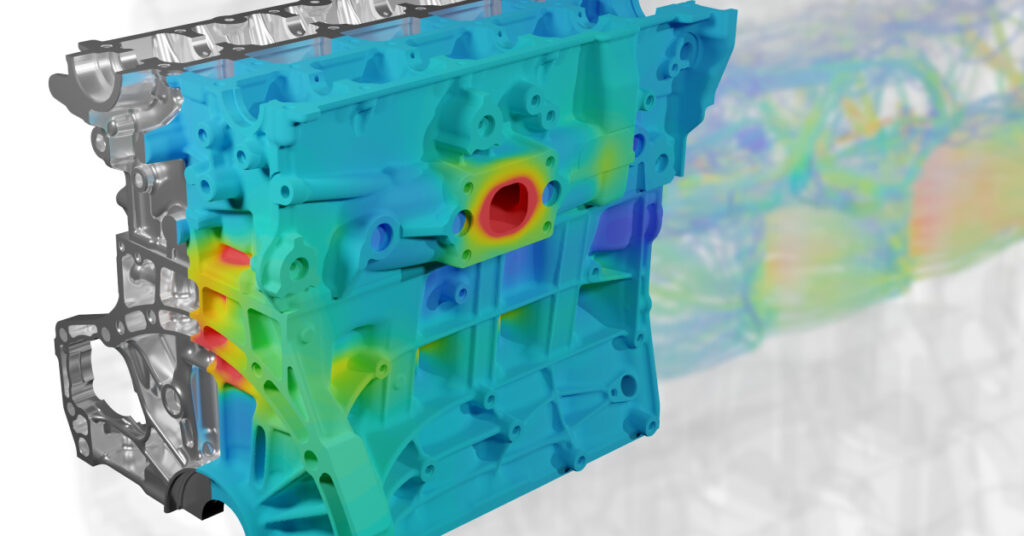
In thermal simulations, most real world cases involve the transfer of heat between different states of matter, such as from solid to liquid. This is known as Conjugate Heat Transfer (CHT). Understanding the complex thermal interactions between these states allows us to enhance the thermal performance of electronics, engines, heat exchangers and much more. However, […]
How CFD Bridges The Gap Between Car Design And Aerodynamics
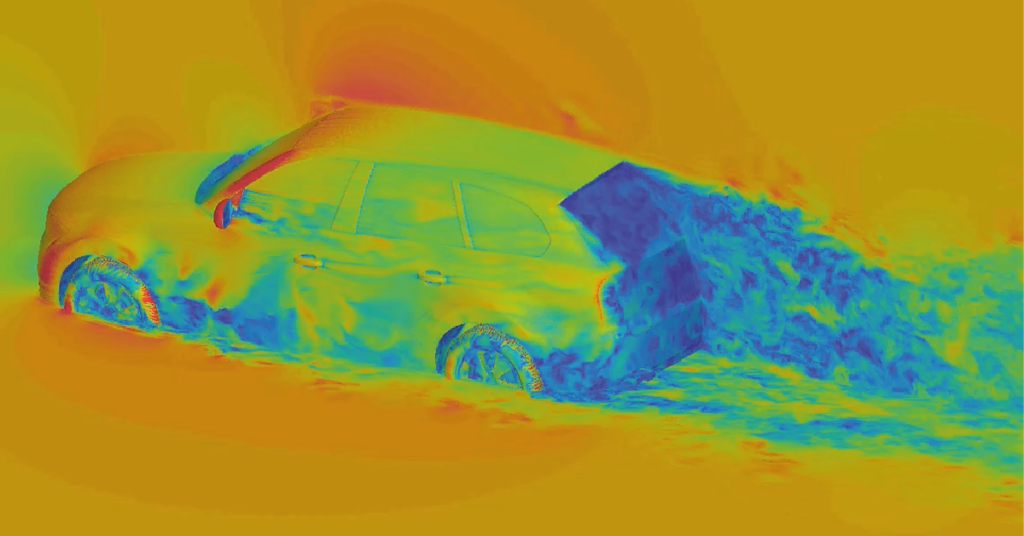
<!– [if gte mso 9]> <![endif]–><!– [if gte mso 9]> Normal 0 21 false false false EN-GB JA AR-SA <![endif]–><!– [if gte mso 9]> <![endif]–> /* Style Definitions */ table.MsoNormalTable {mso-style-name:”Tabela normal”; mso-tstyle-rowband-size:0; mso-tstyle-colband-size:0; mso-style-noshow:yes; mso-style-priority:99; mso-style-parent:””; mso-padding-alt:0cm 5.4pt 0cm 5.4pt; mso-para-margin:0cm; mso-pagination:widow-orphan; font-size:12.0pt; font-family:”Calibri”,sans-serif; mso-ascii-font-family:Calibri; mso-ascii-theme-font:minor-latin; mso-hansi-font-family:Calibri; mso-hansi-theme-font:minor-latin; mso-bidi-font-family:Arial; mso-bidi-theme-font:minor-bidi; mso-ansi-language:EN-GB; mso-fareast-language:EN-US;} The typical […]
Creating a Bespoke CFD Simulation Template for Koenigsegg
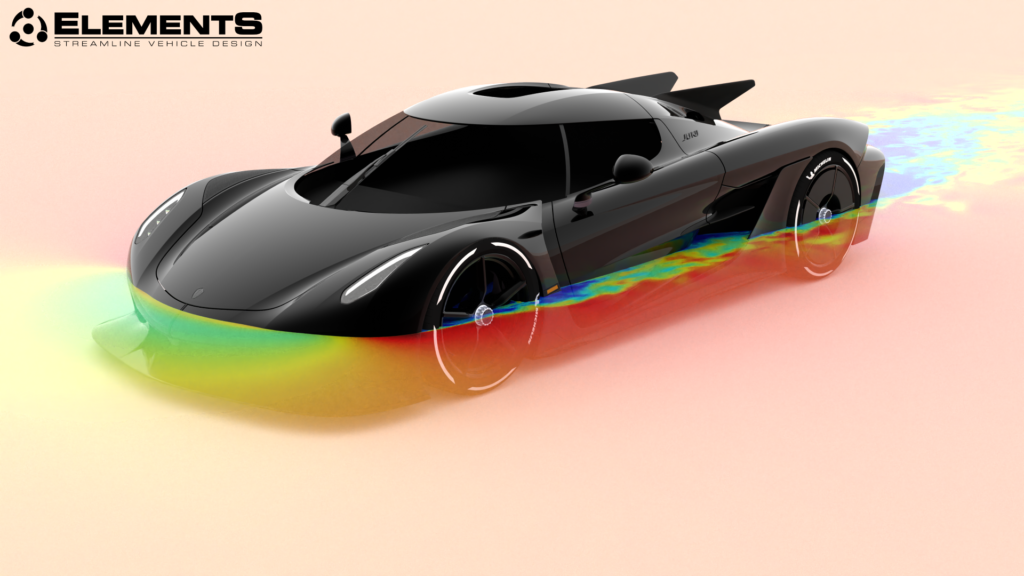
The automotive industry is currently enduring one of its most challenging periods to date. Manufacturers need to develop lighter, cheaper, more efficient vehicles whilst dealing with chip shortages, rising costs and the continued debate around powertrain technologies. This has demanded innovation and in 2020, €58.8 billion was invested in automotive R&D in Europe alone, the […]
Fan Noise Simulation Using HELYX
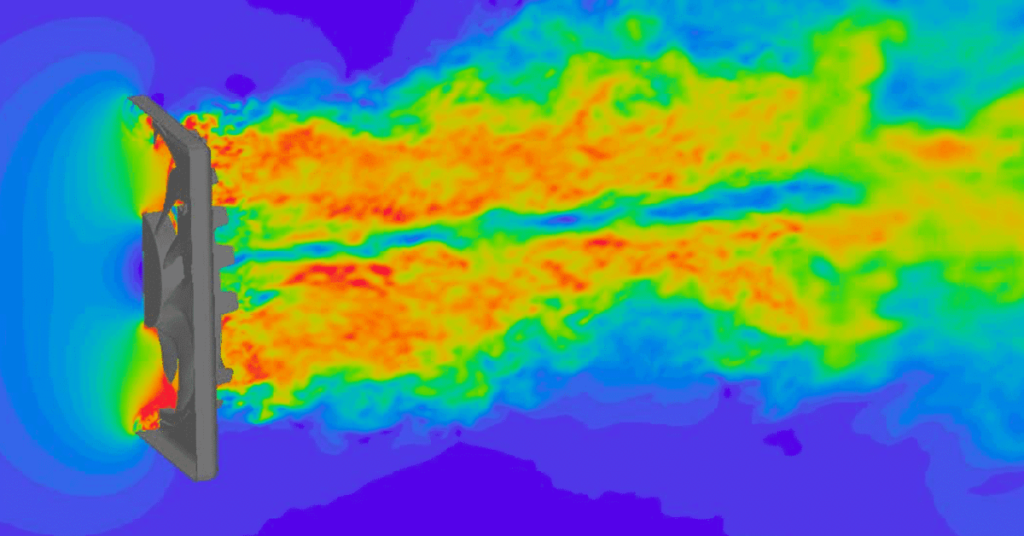
Automotive cooling fans are one of the major noise sources within a vehicle and can generate 85dBA at certain frequencies. That’s as loud as a lawn mower or a screaming child. Extended periods above 85dBA can lead to permanent hearing loss. With the average American spending 8.5 hours driving per week, reducing fan noise is […]
Saving Energy and Reducing Faucet Pressure Losses with Continuous Adjoint Optimization
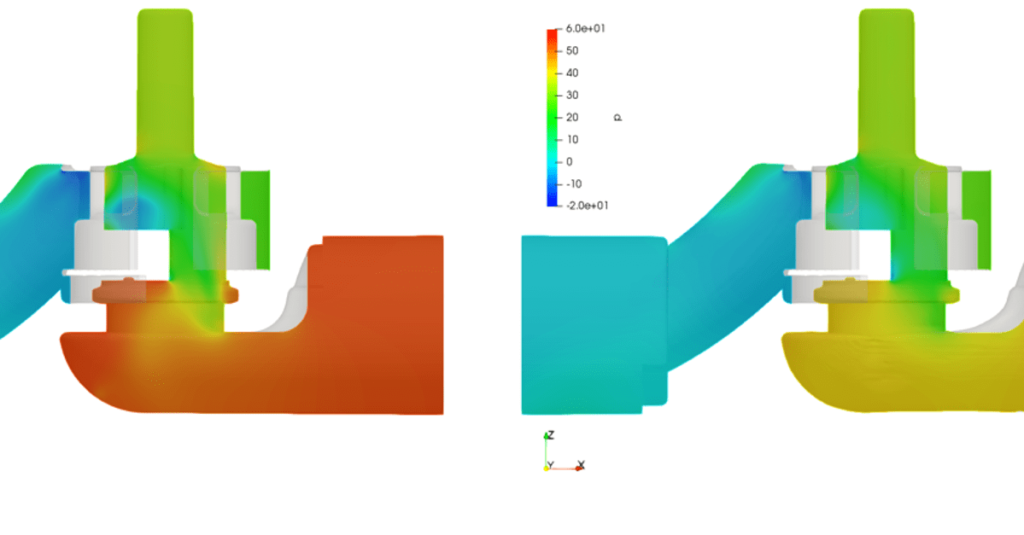
In the United States alone, individuals use an average of 88 gallons of water a day within their home [1]. Delivering that tremendous quantity of water involves a complex system of valves, pumps, and piping systems, each with their own engineer problems to solve. Conservation of potable water and reduction in energy usage to deliver […]
Surface Optimization with Continuous Adjoint

Engineers routinely seek to improve their designs in order to increase a device’s efficiency, reduce energy losses, and increase performance at a new operating point. This is of course when the right driving forces (business or engineering) exist and design improvements are economically feasible. Oftentimes, the methods we use to improve designs rely on the […]
Enhanced Topology Optimization with Multi-Objective Continuous Adjoint

Topology optimization has proven to be an integral tool in the virtual prototyping process within industry. Engineers leveraging next generation optimization methods, such as continuous adjoint, can quickly gain valuable insight needed to enhance their products. Oftentimes, real designs must satisfy multiple objectives e.g. maximizing mass flow while maximizing swirl for an inlet port of […]